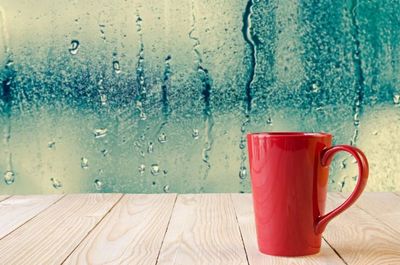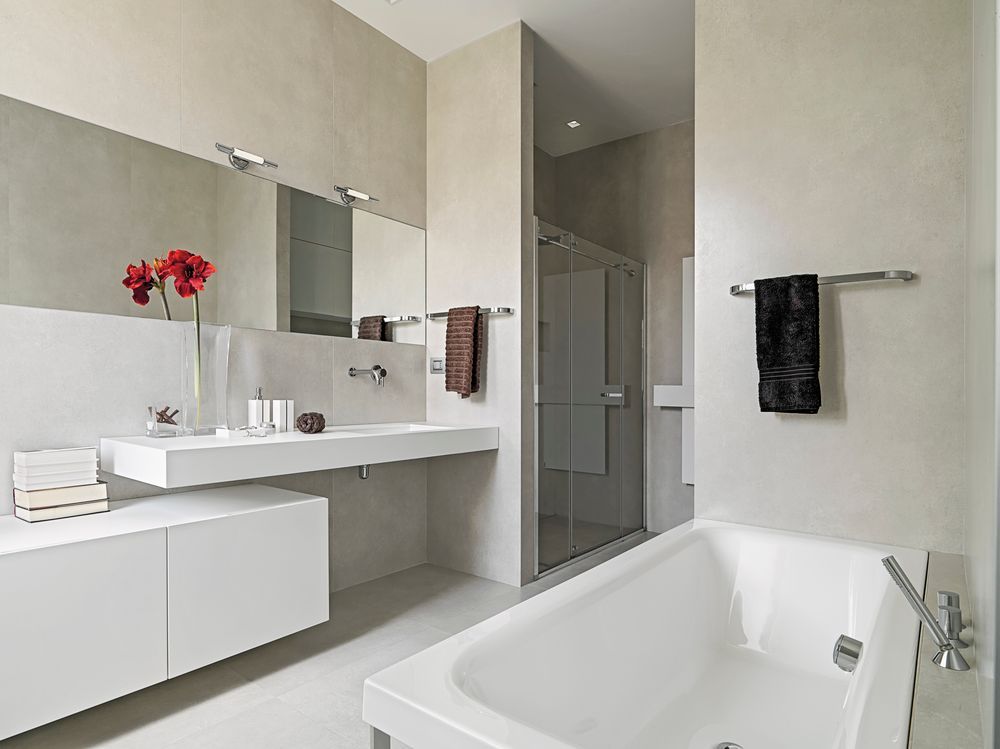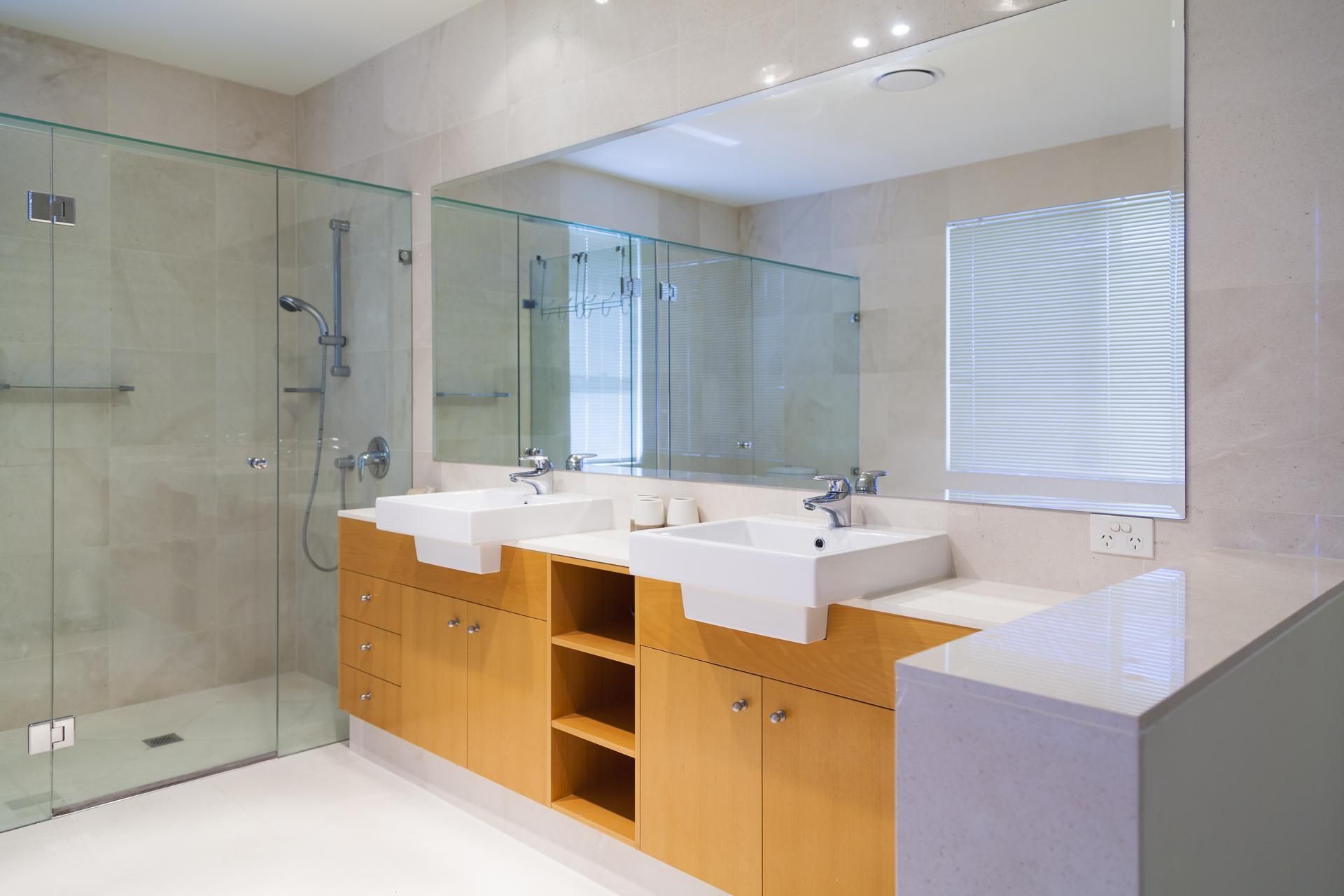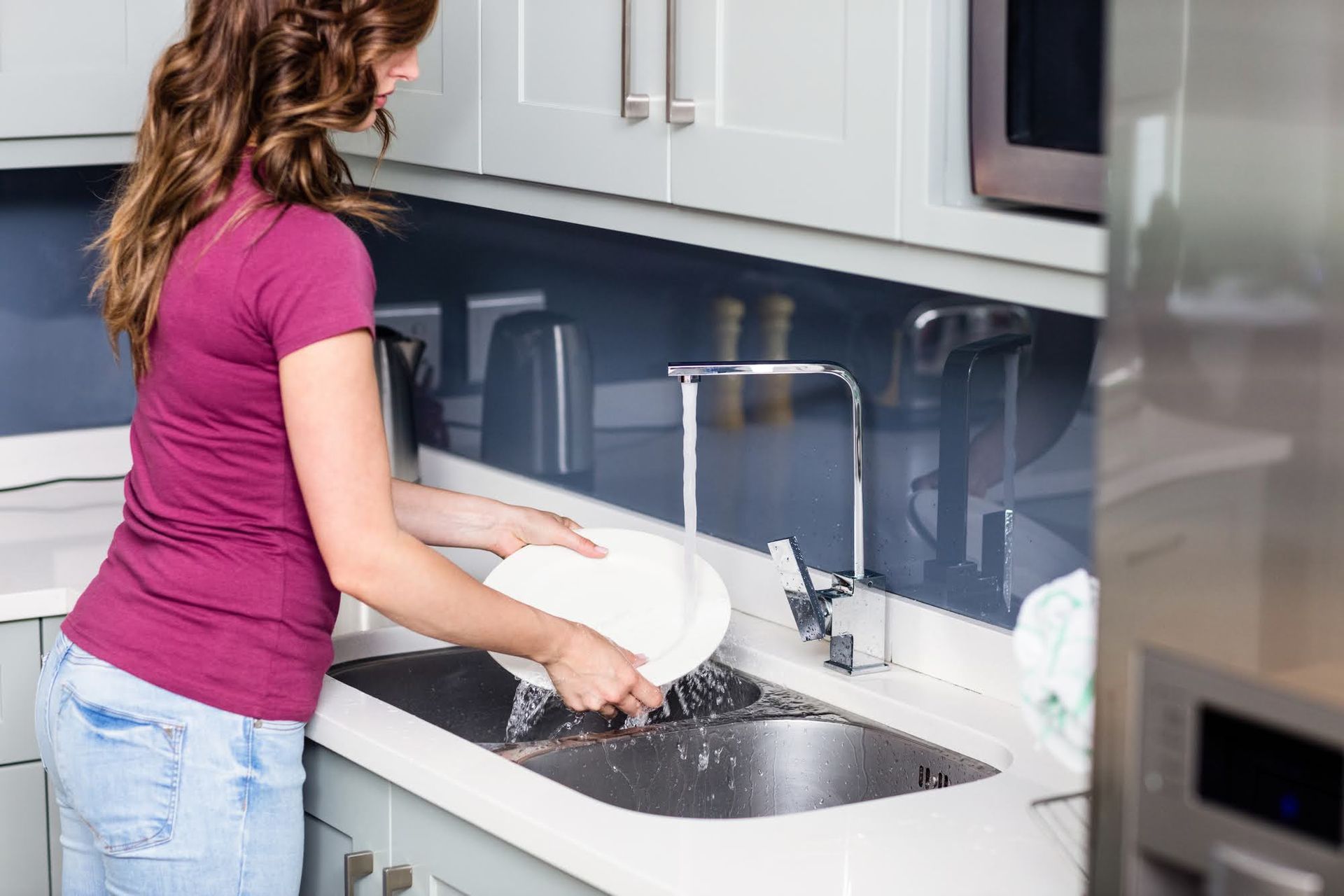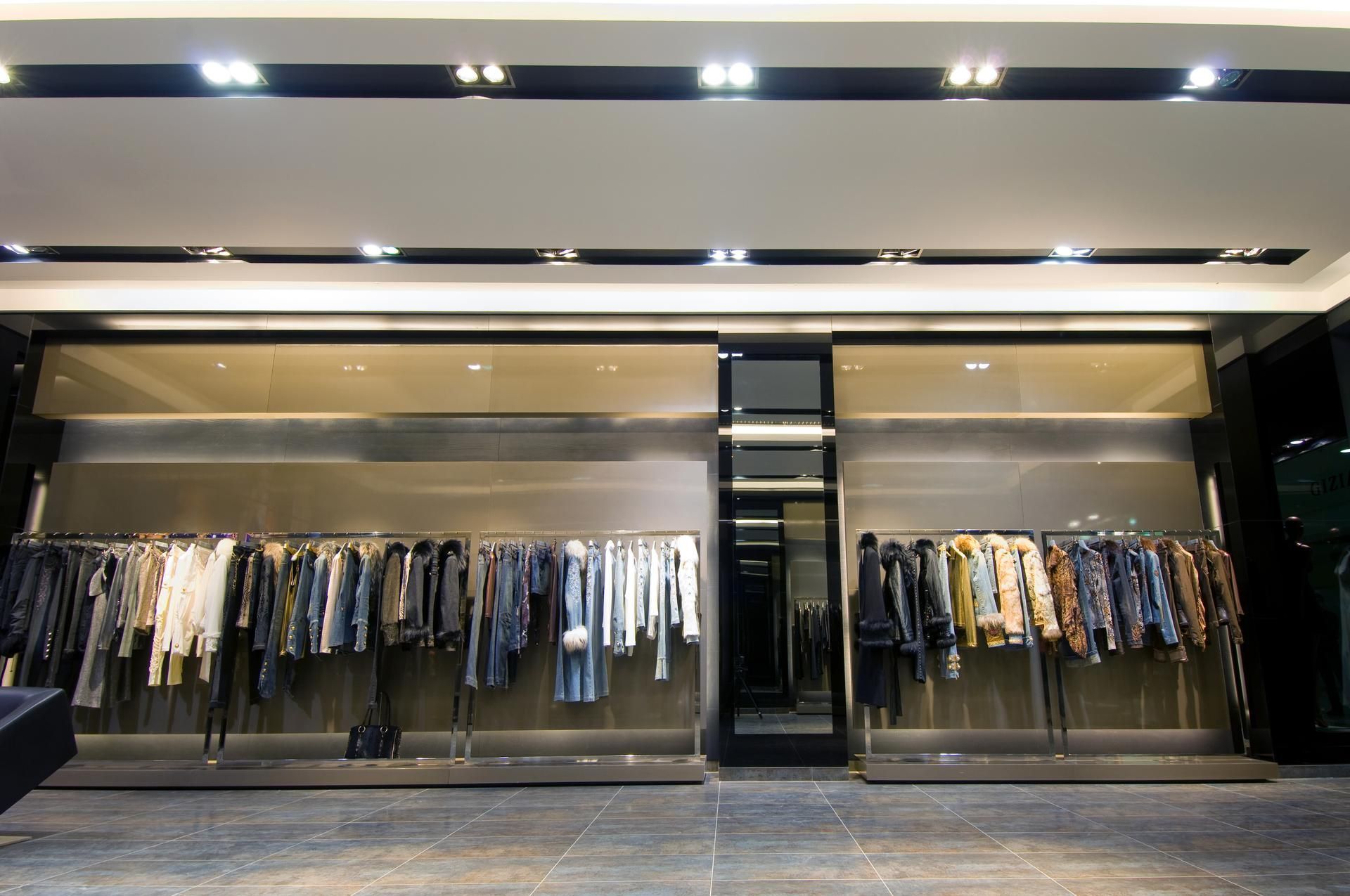THE 3 TYPES OF WINDOW CONDENSATION
Homeowners often ask what they can and should do about window condensation. The answer depends on the type of condensation—after all, there are three different types. Each type of condensation has its own causes and needs to be dealt with in a different way. This guide explains the types of window condensation and what homeowners can do about them.
1. Condensation Between the Glass
Condensation that appears between the two pieces of glass that comprise a double-pane window is the most worrisome. This type is the only kind of condensation that indicates a problem with your windows themselves.
What Causes It?
Condensation between the glass panes means that air is able to leak between your window sash and the glass. Humid air seeps in between the glass, and when the temperature drops, water condenses out of the air and moisture keeps accumulating. However, because the airflow is limited, the moisture does not evaporate.
The air leaks that allow condensation to form in the window gap develop as a window ages and the seals between the glass and sash break down. The fact that the condensation is present indicates that your windows are not as tightly sealed and efficient as they should be.
HOW DO YOU DEAL WITH IT?
Some companies will come drill into your windows and dry them out, but this is more of a temporary fix. In most cases, your best option is to replace any windows that are developing condensation between the panes. Replacing a leaky, condensation-prone window will prevent mould from growing in the window frame—and improve your home’s energy efficiency.
2. Condensation Inside Your Home
Condensation that forms on the side of the glass facing the interior of your home can be a problem because it encourages mould to grow. In addition, if you have wood windows, then interior condensation can cause rot to develop.
What Causes It?
Interior condensation does not indicate that there is anything wrong with your windows, although it can cause window damage if ignored. Interior condensation just means that the air inside your home is too humid. When the air hits the window, which is a cooler surface, moisture condenses out of the air.
How Do You Deal With It?
Wipe up condensation on the insides of your windows when you see it. Then, take steps to reduce your indoor humidity—for example, you can turn on the exhaust fan whenever you use the shower or stove. Alternatively, you could install and use a dehumidifier to remove moisture from your indoor air.
Some homeowners also find that turning on ceiling fans to circulate the air helps since air flowing past the windows encourages the condensation to evaporate.
3. Condensation Outside Your Home
Usually, when homeowners notice condensation on the outsides of their windows, they only see it on a select few windows. These windows tend to receive less airflow—such as those blocked from the breeze by plants or another structure.
What Causes It?
Exterior condensation occurs when the air outside is humid and your windows are cool. This type of condensation is common during the summer when humidity levels rise and you have the air conditioning on indoors. Exterior condensation can appear even on the newest, most energy-efficient windows.
How Should You Deal With It?
You don’t technically have to do a thing about exterior condensation. This condensation should evaporate on its own within a few hours as a breeze blows by. If the condensation is carrying dirt down to the base of your windows as it drips, then clean your windows more often to fix this problem.
If you see condensation on your windows, then don’t panic. Assess the location of the condensation, and go from there. If the condensation is located between the panes and you’re considering window replacement,
contact South Melbourne Glass.


